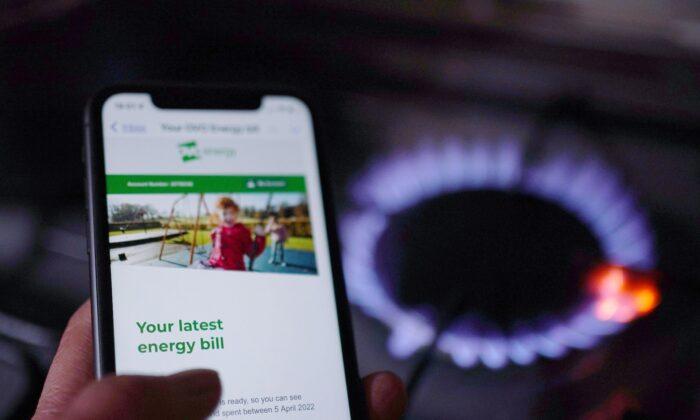Americans are bracing for a winter full of pain as the cost of electricity and heating continues to surge.
“This would be the second year in a row of major price increases,” the forecast states. “Between 2020–21 and 2021–23, the cost of home energy would increase by more than 35 percent.”
“Of even greater concern, the total cost of home heating would increase from $127.9 billion to an estimated $149.9 billion,” the forecast states. “The additional costs will fall hardest on lower-income households.”
Meanwhile, the Federal Reserve has continued to raise interest rates in an attempt to cool off red-hot inflation and is widely expected to roll out another aggressive interest-rate hike this week.
‘There Is a Lot of Pain’
The Biden administration struck a deal with European Union (EU) leaders in March to send an additional 15 bcc of liquefied natural gas (LNG) to the EU by the end of this year amid sanctions on Russian energy.Mark Wolfe, the executive director of the National Energy Assistance Directors Association, told CBS: “There is a lot of pain. This is the second year of high home heating prices. Across the board, low- and middle-income families are suffering.”
“What we are seeing is an increasing rate of home energy prices on top of high gasoline prices, and that’s causing more low- and middle-income families to make choices in how they pay their expenses,” Wolfe said.
Despite mounting fears ahead of this winter, the Biden administration has continued to downplay the cost-of-living crisis that’s affecting American households on a daily basis, and forcing many to cut down on spending on essential goods like food.
In an interview on CBS’s “60 Minutes” earlier this week, the President stated that “the inflation rate month to month was just … an inch, hardly at all,” and that people who are shocked by the cost of their grocery bills need to “put this in perspective.”
“Guess what we are? We’re in a position where, for the last several months, it hasn’t spiked. It has just barely … it’s been basically even,” Biden said of the 8.3 percent inflation rate in August, although he acknowledged that the rate was “not good news.”





